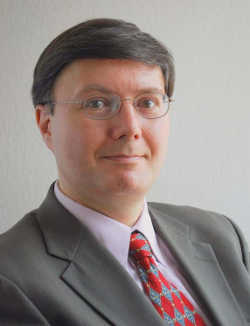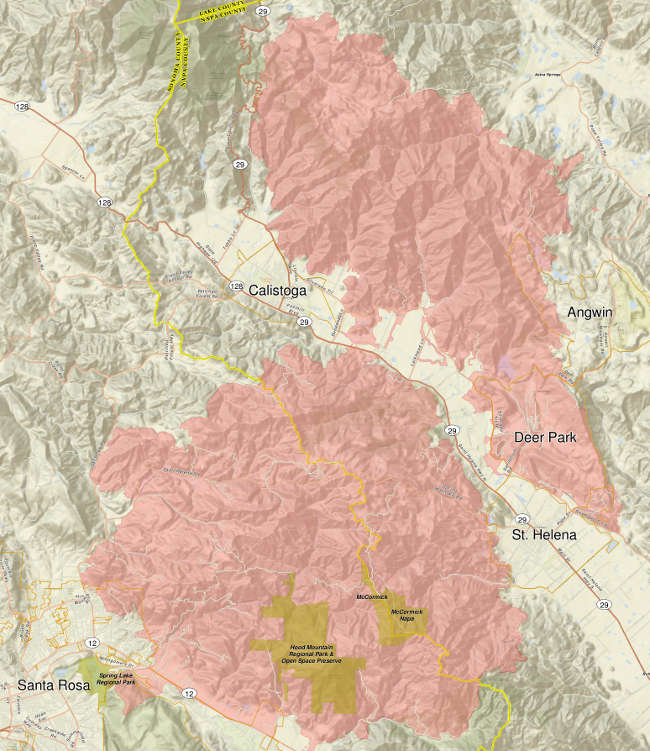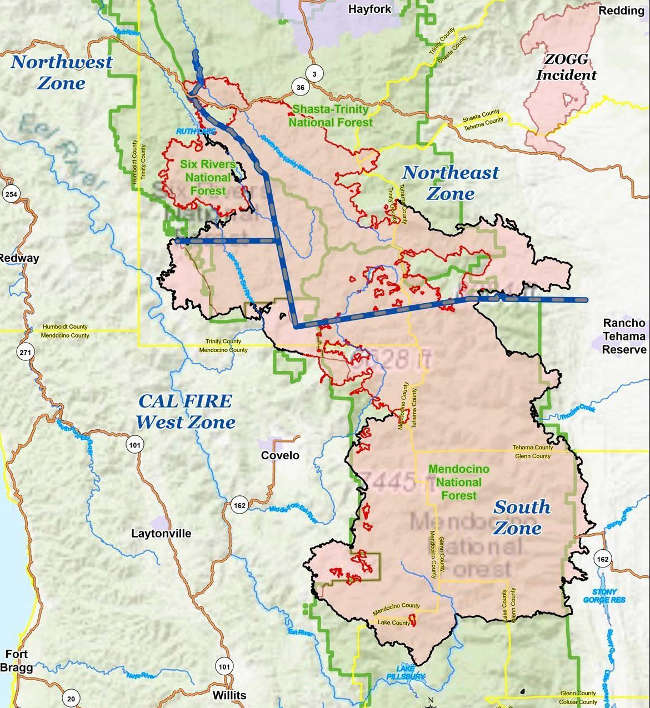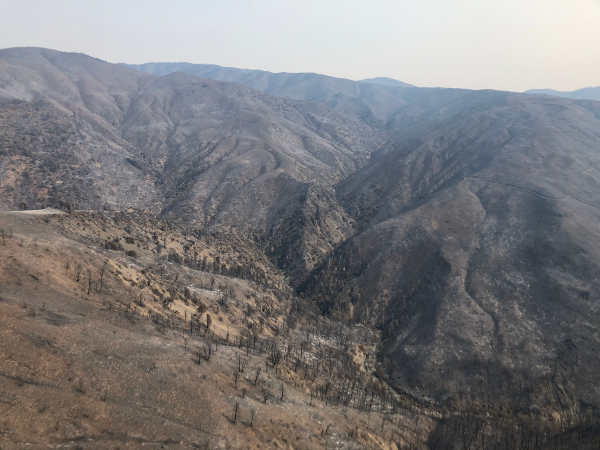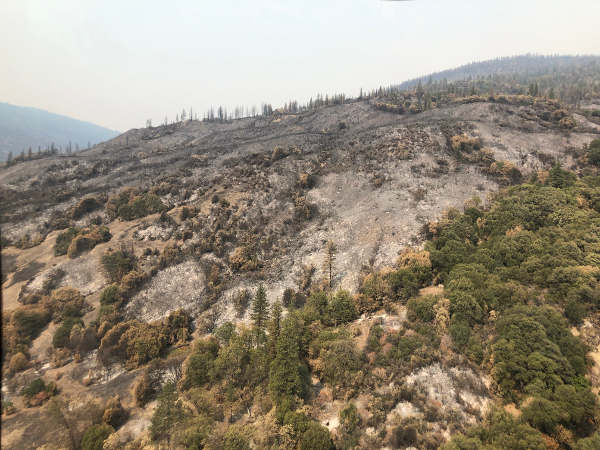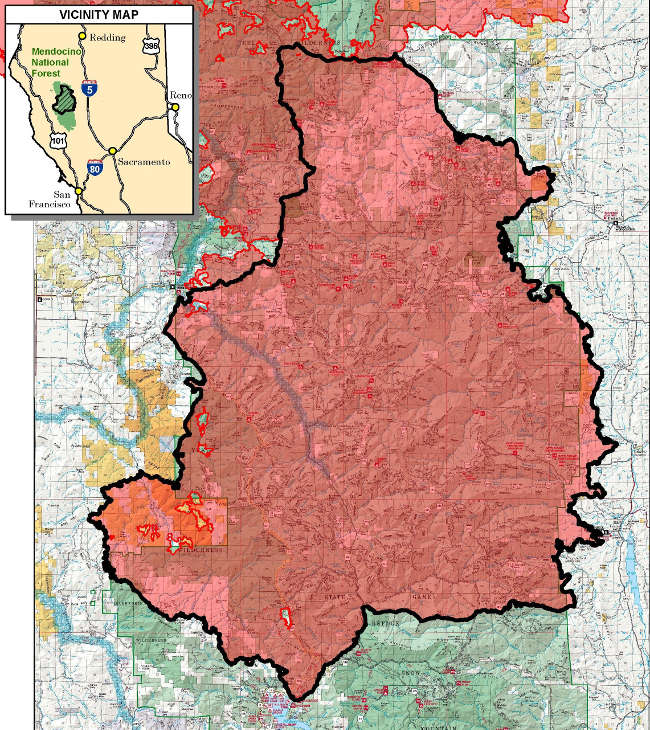- Lake County News reports
YCCD achieves net-zero energy consumption from renewable energy sources
The district said it has installed 4 megawatts of solar power and roughly half a megawatt of battery energy storage across five sites since 2012.
Installations include single-axis tracking systems in fields that track the sun throughout the day as well as fixed-tilt carports that provide shade in parking lots.
In fiscal year 2020, the district consumed 6,583,671 kWh of electricity with 92 percent of that total generated by the district’s solar projects.
The last system was commissioned in April 2020 and the district will now generate more than 100 percent of its overall electricity needs from the onsite solar projects.
Generating 100 percent of the annual electricity consumption means the Yuba Community College District is net-zero in its energy consumption.
The district said it has taken a proactive role managing and analyzing the systems and continues to work in partnership with the energy consulting firm ARC Alternatives to help understand the technical and financial performance of the systems.
Through the implementation of ARC Alternative’s Energy Performance Management service, the district is actively tracking each system’s performance, proactively working with operations and maintenance vendors to maximize energy production and receives regular reporting of the realized financial benefits of the solar projects.
“The YCCD Governing Board and leadership is committed to reducing our campuses’ carbon footprint for our students and our communities. Achieving ‘net zero’ with these solar and energy storage projects is not only environmentally responsible, it will continue to result in substantial financial benefit and lowered operating costs so that we can redirect those savings into programs and our students,” said Chancellor Dr. Douglas Houston. “Additionally, YCCD’s use of Clean Renewable Energy Bonds to finance these projects allows the District to apply General Obligation Bonds funds such as Measures J and Q to other important and needed facilities projects that directly impact student success.”
Over the entire life of the solar and storage projects, by the year 2040, it is anticipated that the district see a cumulative net benefit of approximately $19 million assuming an annual utility escalation rate of 3.5 percent.
The district’s leadership commitment to sustainability and investments in renewable energy have positioned the Yuba Community College District to be less reliant on continually escalating and expensive traditional power sources.
These direct investments in on-site renewable generation will continue to generate significant financial savings on utility costs and ultimately result in a positive net benefit to the district with reduced operating costs, officials said.
District officials said they recognize the positive environmental impacts from renewable energy sources and are proud to have taken a large step forward in reducing its carbon footprint.
According to the Environmental Protection Agency’s “Greenhouse Gas Equivalencies” calculation tool the district’s renewable energy projects will avoid roughly 4,500 metric tons of carbon dioxide from traditional power sources.
This is the equivalent greenhouse gas and carbon dioxide emissions from approximately:
– 900 passenger vehicles driven for one year;
– 500,000 gallons of gasoline consumed;
– 700 homes’ electricity use for one year.
The Yuba Community College District spans eight counties and nearly 4,192 square miles of territory in rural, north-central California. Yuba College and Woodland Community College, offer degrees, certificates, and transfer curricula at college campuses in Marysville and Woodland, educational centers in Clearlake and Yuba City, and through outreach operations in Williams and on Beale Air Force Base. The two colleges in Yolo County and Yuba County and the campuses in Clearlake, Colusa and Sutter counties, serve 13,000 students across the northern Sacramento Valley.

 How to resolve AdBlock issue?
How to resolve AdBlock issue? 